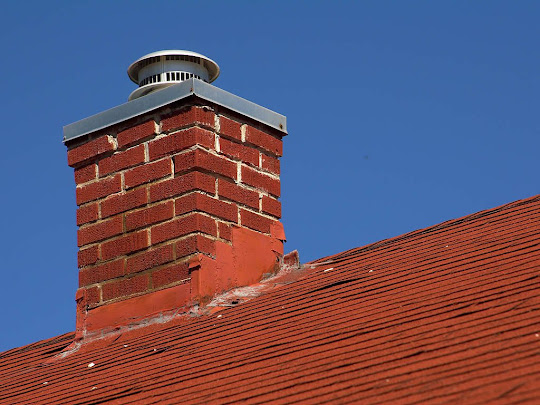The Mystery of the Chimney Damper: Open or Closed?
The charm and warmth of a crackling fire on a chilly evening can be a delightful experience, but it comes with responsibilities to ensure safety and efficiency. One crucial aspect of maintaining a functional fireplace is understanding the state of your chimney damper. In this article, we’ll explore what a chimney damper is and provide you with valuable tips and explanations on how to determine whether it’s open or closed, ensuring your fireplace operates optimally.
What Is a Chimney Damper?
How to check whether the Damper is open or closed?
- Visual Inspection: Simply look up into your fireplace or chimney flue to visually check the position of the damper. If you see a metal plate obstructing the flue, it’s closed. An open damper will reveal an unblocked passage for air and smoke.
- Use a Fireplace Poker or Flashlight: Gently use a fireplace poker or flashlight to reach up into the flue and physically touch the damper. If it moves easily, it’s open; if it’s firmly in place, it’s closed.
- Operate the Damper Handle or Chain: Many fireplaces have a handle or chain connected to the damper. When the handle or chain is in a vertical position, it typically indicates the damper is closed. Conversely, a horizontal position signifies that it’s open.
- Conduct a Smoke Test: Light a small piece of paper or a match in your fireplace while ensuring the damper is fully open. Observe the direction of the smoke. If the smoke rises and exits the chimney, the damper is open. If smoke fills the room, it’s likely closed.
- Listen for Draft Sounds: Stand near your fireplace while the damper is open and listen for draft sounds. You may hear the rush of air moving up the chimney, which indicates the damper is open and allowing proper ventilation.
- Check for a Damper Position Indicator: Some modern fireplaces come with a built-in damper position indicator, often using colored or numbered markers. Consult the indicator to confirm whether the damper is open or closed.
- Consult a Professional Chimney Sweep: If you’re uncertain about the damper’s status or if your fireplace has unique features, consider hiring a professional chimney sweep or technician. They can inspect and advise on the condition and operation of your damper.
Why is it important to know if my chimney damper is open or closed?
Understanding the position of your chimney damper is crucial for several reasons. Firstly, it affects the efficiency of your heating system. An open damper allows proper ventilation, ensuring that smoke and gases are safely directed up and out of the chimney. This promotes efficient combustion, reducing energy waste and heating costs.
Secondly, knowing the damper’s status is vital for safety. An open damper prevents the accumulation of harmful gases, like carbon monoxide, in your living space, protecting your health. It also reduces the risk of chimney fires by allowing heat and embers to escape safely.
Lastly, operating your damper correctly enhances your overall fireplace experience, allowing you to enjoy the warmth and ambiance without any concerns about smoke or safety hazards.
How often should I check my chimney damper's position?
It’s advisable to check your chimney damper’s position regularly, especially during the heating season. Ideally, perform this check before each use of your fireplace or heating appliance. Regular inspections ensure that the damper is in the correct position for safe and efficient operation.
Additionally, it’s essential to inspect your damper after any maintenance or cleaning of your fireplace or chimney. Over time, dampers can become stuck due to creosote buildup or corrosion, so periodic checks help identify and address any issues promptly.
If your heating system is used frequently, consider scheduling professional chimney maintenance, including damper inspection, at least once a year. A certified chimney sweep can provide a thorough inspection, cleaning, and maintenance to keep your damper and chimney in optimal condition.
.jpg)
.jpg)

.jpg)
Comments
Post a Comment